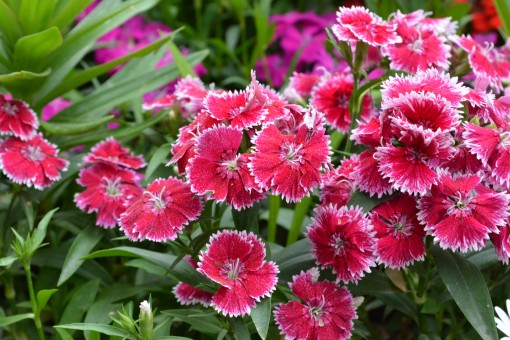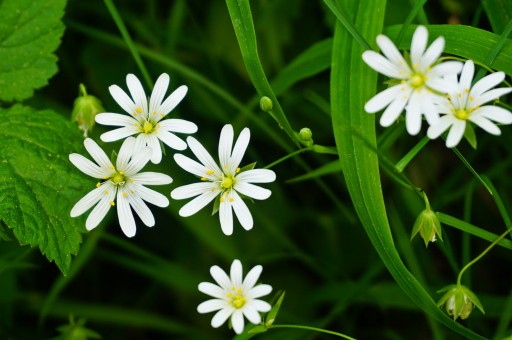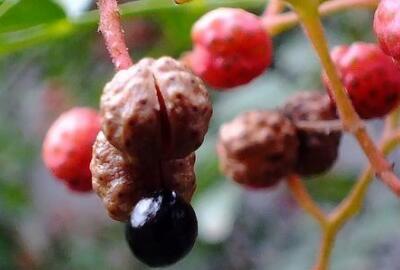Is it Carnation? Is it poisonous? Can I keep it indoors? How? When do they bloom?
Carnation flower, also known as Luoyang flower and stone pillar flower, is a traditional famous flower in China. Because of its various colors and its ability to absorb harmful gases such as chlorine and sulfur dioxide, many people like to keep it indoors. Is the carnation a carnation? Is it poisonous? How do you keep it indoors? When will it blossom?

Is it a carnation?
No, carnation is not only the name of a flower, but also the name of a family. Carnations belong to the family Caryophyllaceae. Of course, some carnations are called carnations, but they are not caryophyllus. The traditional carnation is a kind of traditional Chinese medicine. The name of the medicine is qu Mai, which is basically single petal. Of course, the flower pattern is still very beautiful.
Is it poisonous?
If there is no poison, it can be detoxified. Carnation is cold-resistant, drought-resistant, not resistant to heat, poor growth or withering in summer, so attention should be paid to shading and cooling during cultivation. Like sunny, dry, ventilated and cool humid climate. Require fertile, loose, good drainage and calcareous loam or sandy loam, avoid waterlogging, good fertilizer.
Can I keep it indoors?
Yes, do not look at the small carnation plant, the flowers are small and beautiful, but the carnation at home will have unexpected functions.
1. It can absorb sulfur dioxide. There is a flower proverb that says, "the iron belly of carnation can sweep away the poison gas." Carnation has the ability to absorb sulfur dioxide and chlorides. Where there are similar gases, carnation can be planted. And through the stomata of the leaves and roots of carnation, it can absorb harmful substances to the human body and convert these harmful substances into oxygen, sugar and various amino acids.
2. It can kill germs. Carnation has a light fragrance which can produce volatile oil and has a significant bactericidal effect especially its fragrance can significantly inhibit the growth and reproduction of Mycobacterium tuberculosis pneumococci and staphylococci. In addition, carnation, that is, carnation, has the special effect of romantic aphrodisiac, relieving tension, calming anger and balancing hormones.
3. It can make people have a positive psychological effect. Carnation has many colors, colorful but not flashy, with an insipid and pure feeling, reflecting the host's taste in flowers. And it can increase the humidity of the air in the room, thereby reducing the risk of colds in the family. When our work pressure increases, it can relax people's mood, have a positive effect on psychology, and make people feel comfortable.
Specific breeding skills:
1. Planting
Carnation is usually planted at the end of August, prepare potted soil and apply sufficient base fertilizer with 5-6 seeds per pot (to avoid not sprouting). After sowing, when 1 or 2 leaves are grown, the seedlings are carried out. When blocking the growth of 3 or 4 leaves, you can transplant. When transplanting, the interval of each plant is about 5, 3 plants in each pot, watering after planting.
2. Light and temperature requirements
The most suitable temperature for the growth of carnation is 15-20 ℃. When the temperature is high in summer, we should pay attention to shading and cooling. In winter, we should keep it in the greenhouse and keep the temperature above 12 ℃.
During the growing period, ensure sufficient sunshine, put the flowerpot outside with plenty of sunshine, and mainly scatter light in summer to avoid thunder and sun exposure. Appropriate shading and cooling when the temperature is high.
3. Water and fertilizer requirements
Watering should grasp the principle of not drying and not watering. Carnation sown in autumn should pay attention to anti-freezing and indoor maintenance from November to December, the water temperature should be close to room temperature, watering should be high, when the temperature is higher at noon, there should be no stagnant water on the leaves at night. The spring of the following year is poured back to green water, and the requirement is the same as in winter. Even topdressing 2 or 3 times during the whole growing period, using rotten cake fertilizer or organic fertilizer.
4. Pruning
If you want more carnation blossoms, you must prune them in time. Pick the heart when the plant grows high, promote its branches, remove the leaf buds in time, and reduce the loss of nutrients. The trimmed carnation will blossom again.
Flowering time:
Carnation is also known as Chinese carnation, Luoyang carnation, chrysanthemum, embroidered bamboo, carnation, carnation family, carnation perennial herbs, one of the traditional Chinese flowers, can bloom from spring to autumn, greenhouse potted plants can bloom for four seasons. The flowering period of carnation is from April to October and is concentrated from April to May. So the carnation blossoms in late spring and early summer and can bloom until autumn.
Time: 2019-04-08 Click:
- Prev

Are the stars poisonous? When do they usually bloom? Can I keep it indoors? How?
Starflower, also known as five-star flower, umbrella flower, star flower, etc., is a common flower in tropical areas. It is loved by flower friends because of its diverse colors and flowers like five-pointed stars. It is widely used in potted plants, flower beds and other landscape areas.
- Next

Is dry land suitable for planting prickly ash trees? What kind of variety should I plant? When will you plant it? How do you plant it?
Zanthoxylum bungeanum, also known as big pepper, Qin pepper and Shu pepper, is a common tree in most parts of our country. It is widely cultivated because of its high edible and medicinal value. At present, most of them are planted in our country.
Related
- Fuxing push coffee new agricultural production and marketing class: lack of small-scale processing plants
- Jujube rice field leisure farm deep ploughing Yilan for five years to create a space for organic food and play
- Nongyu Farm-A trial of organic papaya for brave women with advanced technology
- Four points for attention in the prevention and control of diseases and insect pests of edible fungi
- How to add nutrient solution to Edible Fungi
- Is there any good way to control edible fungus mites?
- Open Inoculation Technology of Edible Fungi
- Is there any clever way to use fertilizer for edible fungus in winter?
- What agents are used to kill the pathogens of edible fungi in the mushroom shed?
- Rapid drying of Edible Fungi

